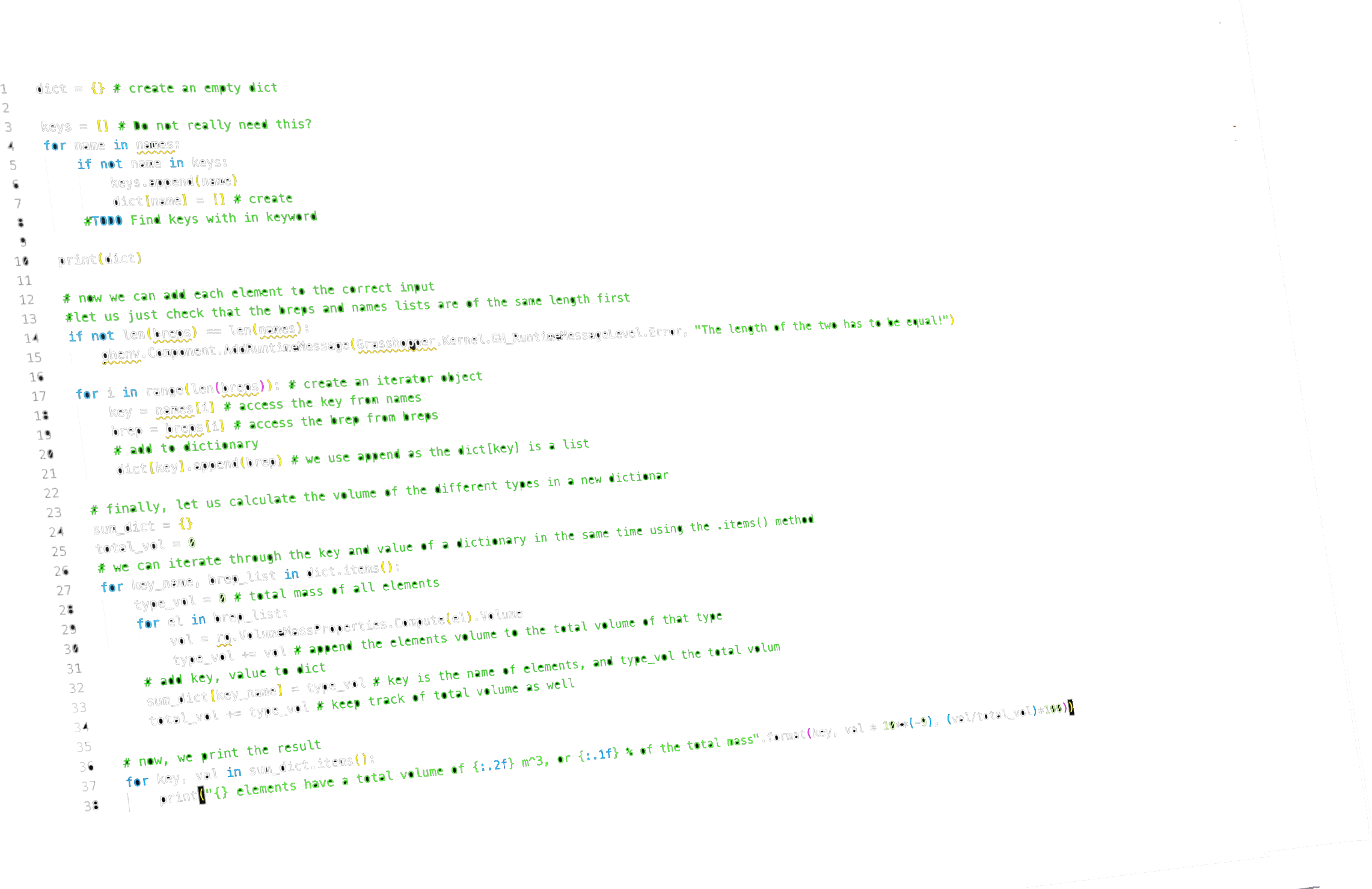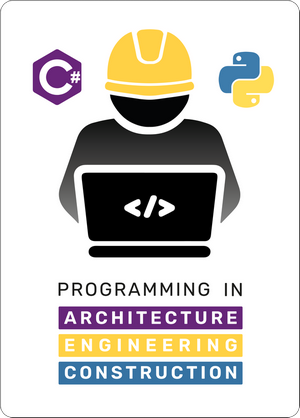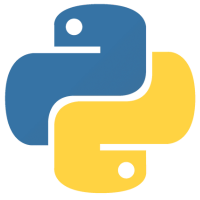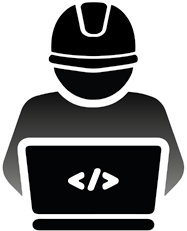
Take charge of your future
Become A Computational Designer
Start learning programming in AEC absolutely FROM SCRATCH to automate your boring tasks and have more fun at work.
Join online programming training led by experienced engineers with the focus on practical application in AEC industry.

WHY COMPUTATIONAL DESIGN IN AEC?
Engineers must evolve to meet the challenges of today’s world. This shift into computational design is essential for innovation and efficiency in solving complex problems.
Knowing how to code can open up new job opportunities and make work more enjoyable. You don’t have to be a full-time coder to get these benefits. Join us to learn more and have fun along the way!
What is C# And Python Fundamentals
C# and Python in AEC Fundamentals offers an in-depth introduction to text-based programming languages within Grasshopper, beginning from the ground up.
Guided by top-notch professionals with a wealth of experience in the Architecture, Engineering, and Construction (AEC) sector, alongside extensive academic teaching backgrounds.

PYTHON IN AEC


Practical applications:
- Python in Grasshopper and Rhino
- Python in Revit
- Python in Excel
- Building engineering web apps
- Structural Analysis
C# IN AEC


Practical applications:
- Development of own plugins and components
- Access to Open API of numerous AEC software
- Structural analysis
- Automation and Simulation
Engineers should evolve into computational designers, embracing new technologies and interdisciplinary approaches to meet the challenges of today’s world.

HOW YOU CAN JOIN?
Join our free newsletter for easiest way to learn programming in the AEC industry. With over 5000 subscribers, you’ll gain valuable knowledge on Programming in AEC industry.
What you learn from us?
- How computational Design can change the AEC industry?
- How to effectively start learning C# and Python?
- How you can automate your boring tasks?
- What are main differences between these programming languages?
- Practical application of text-based programming in AEC
Sign up for the waiting list by clicking the button.
Do you really want to rely on courses detached from the reality
of the Construction industry without focus on practical application?

Who will take care of you?
The unique trio will take you on a programming journey
over the years of academical and professional activity in the AEC industry, they have gained the trust of hundreds of engineers.

Marcin Luczkowski
Marcin is one of the worlds youngest proffesors in Computational Design. In addition to his theoretical background and academic carieer he is a Structural engineer with practical experience. Especially interested in developing rapid FEM prototyping and developing own tools in C#.

Sverre Magnus Haakonsen
PHD Candidate at NTNU and
Senior Structural Engineer
Sverre is currently working as a Ph.D. Candidate at NTNU and relies heavily on Python and Grasshopper for research and teaching. As a Python academic instructor and Structural Engineer at a large consulting office his main goal is to automate repetitive manual tasks in the AEC industry.

Krzysztof Wojslaw
Founder of educational platform LearnGrasshopper.com and one of the co-founders of bimcorner.com blog. Kris supervises and take care about the entire training program.


